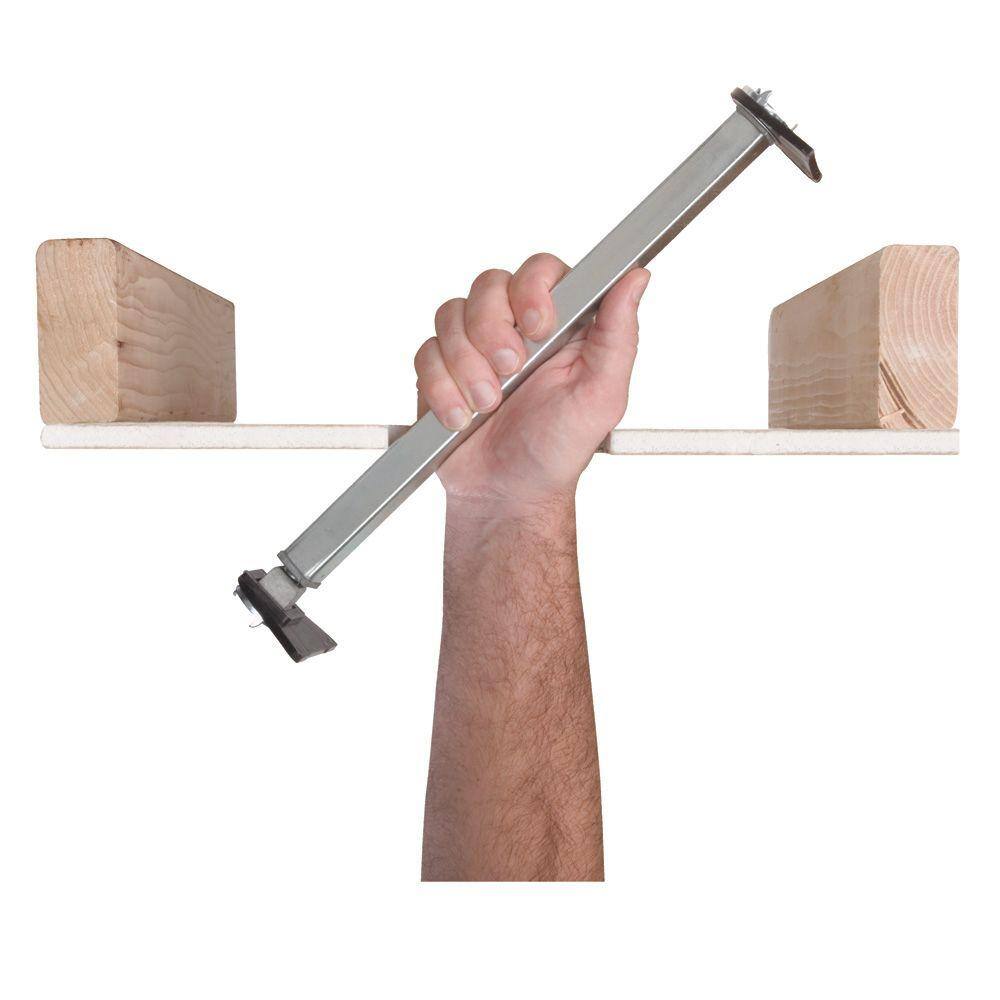Tygunn
Getting comfortable
- Dec 24, 2016
- 410
- 320
Another tip, when drilling the hole on the outside, drill down at an angle. That way when you are shoving the fish tape into the hole, it's already traveling downwards and in the right direction. Another issue we had was when drilling, I thought I was through the brick into the wall cavity, but there was a second something or other... Wood I guess, that I had to drill through to get to the actual cavity. I thought for sure I was going to bust through the interior wall, but the father in law with all of his fancy measurements of the length of drill bit said to keep going. He was right... Again. Taking measurements and putting a piece of tape on the drill bit so you know where to stop drilling is super handy. Keeping the angle downward and straight while drilling helps when it comes time to send in the tape. Metal (and probably fiberglass) you can bend or keep super straight to go through both holes, even if there's a gap, and then when it hits the back side of the inside of the wall it'll bend slightly and start heading down.
Another good tip; I'll keep that in mind the next time since these rods do tend to sag down on their own via gravity.
The fiberglass rods I'm using a reasonably flexible but I find that when they hit something, they just bite into the wood and don't end up heading in any other direction. Perhaps I got what I paid for when I spent all of $30 for a set.
The USB endoscope has been fun though, and for $18 I can't argue. Its unfortunately been very good at creating work for me though. I have to cut a hole in a wall at some point to get access to the splice the previous owner made on a wire in the wall but failed to use a junction box on. <sigh>

